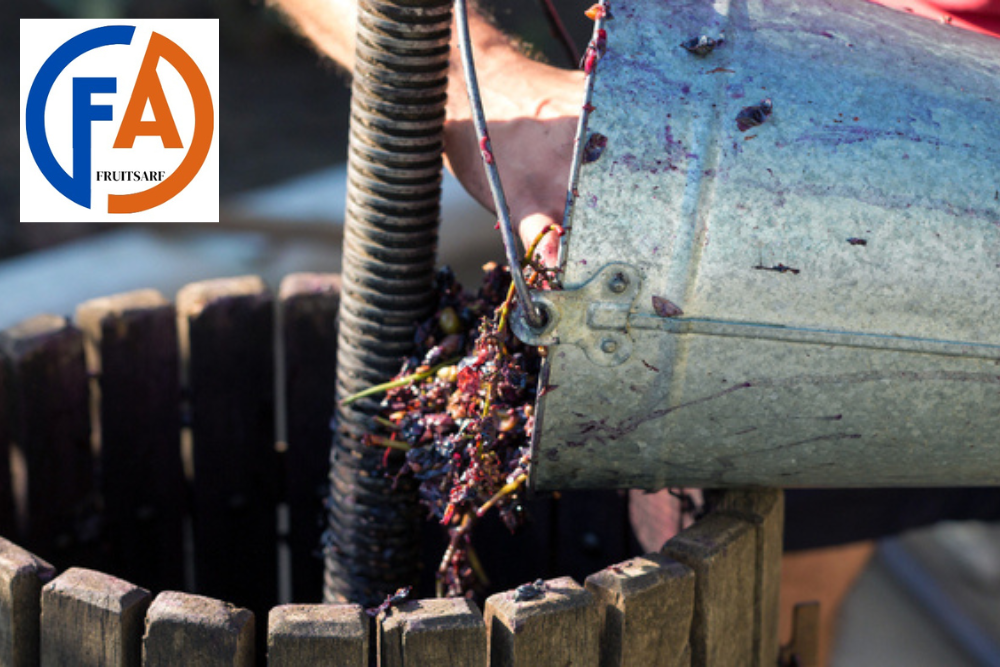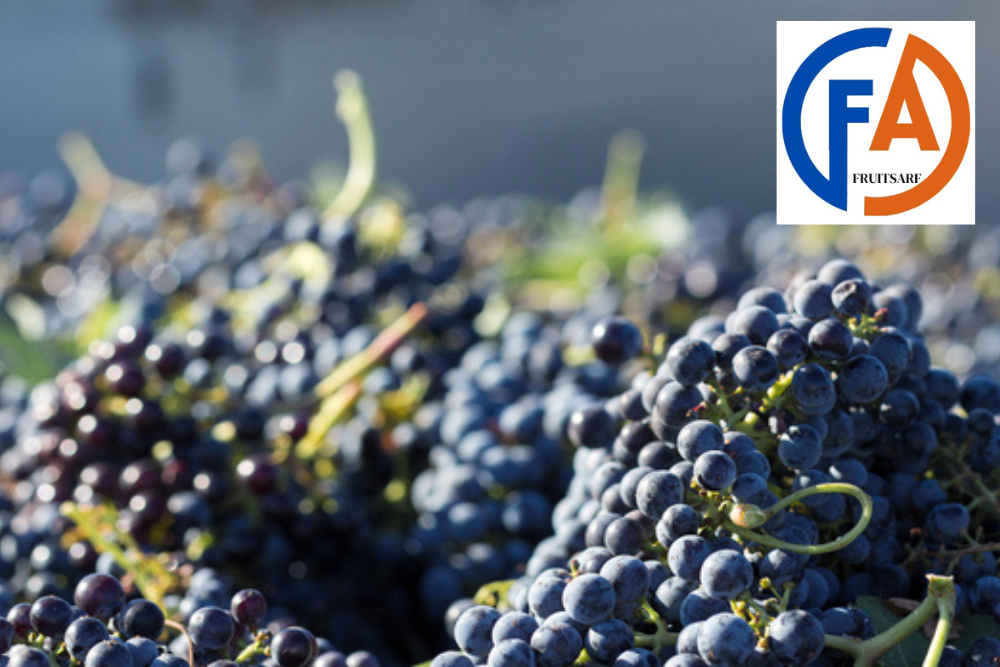Charm of Small Wine Grapes
Small wine grapes bite are tasty and beautiful. These tiny treats are loved by food lovers all over the world because they taste so good. Wine grapes that are small, also called vinifera minima, aren’t just any fruit; they’re a sign of class and luxury.
People often miss these small fruits in favor of their bigger cousins, but they have a secret charm that draws you in. Small wine grapes have been grown with great care and accuracy for hundreds of years to make some of the best wines ever made.

But small wine’s grapes are valued for more than just making wine. Because they are high in antioxidants and can help keep your heart healthy and your immune system strong, they are great for your health. These little treats are a powerhouse of nutrition because they are full of vitamins and minerals.
This piece will go into detail about small wine grapes, including where they come from, the different types, and the many ways they can improve food and your health. Come with us on a magical trip through the world of small wine’s grapes, where every sip and bite is a celebration of what nature has given us.
What are small wine grapes, and how do they differ from other types of grapes?
Small wine grapes are a unique type that is highly valued for making wine. Because they are smaller and have thicker skins than regular grapes, they are perfect for turning into wine.
When compared to table grapes, small wine grapes tend to be more acidic and have more sugar, which helps wine taste more complicated.
Apple comes in different kinds, and each has its own taste and traits. Vintners want them because they have unique qualities that help them make great wines that people all over the world enjoy.
Richness of Small Wine Grapes: A Symphony of Fruitiness, Acidity, and Aromas
Fruitiness
Small wine’s grapes give wines a rich fruitiness with notes of citrus. It is tropical fruits as well as berry tastes. Fruity taste gives the wine more depth and richness.
Acidity
Sweet and sour taste of small wine grapes is balanced by the acidity of the grapes. It adds to the body of the wine and makes it easier to drink overall.
Aromas
Each type of small wine grape gives the wine a different smell. It like flower, herbal, or earthy notes. These aromatics please the senses and make drinking wine more enjoyable.
Tannins
Skins of small wine grapes tend to be thicker. They make velvety tannins. It ++give the wine more body and mouthfeel. Tannins help to soften the wine and make it better for keeping.
Complex Flavor
Small wine’s grapes can have a wide range of flavors. They from mild undertones to strong statements. Each sip, this level of depth keeps the taste buds interested.
Finish long time
Tastes and qualities of small wine grapes stay on the mouth for a long time, leaving a lasting memory. It long-lasting taste make wine taste better overall. It makes you want to take another sip.

Small Wine Grapes: Flavor to Nutrients, Exploring Their Role in Winemaking and Beyond
Small Size Big Flavor
Small wine’s grapes have a lot of flavor. They are cute and small. Each bite gives you a focused taste experience.
Varieties
Small wine grapes come in many different types. Cabernet Sauvignon to Chardonnay. Each type has its own taste and personality.
Antioxidants
Little fruits are full of antioxidants. It fight toxic stress and improve health and well-being in general.
Making Wine
Winemakers love small wine grapes. They have a lot of sugar. They have good amount of acidity, and a strong structure of tannins. All these things make them perfect for making fine wines.
Terroir
Things like soil type, temperature, and elevation can change the tastes and traits of small wine grapes. Thesy are leads to wines that show off their unique terroir.
Harvested with Care
In order for the flavors and quality to develop properly. Small wine’s grapes need to be pruned and picked with great care throughout the growing season.

Wine Culture
Small wine grapes have a big part in the history and culture of wine adding to the rich mix of making and enjoying wine around the world.
Nutrients
Not only do small wine grapes taste great, they are also full of important nutrients like vitamins C and K, as well as minerals like manganese and potassium.
Resilient and Hardy
Wine grapes are very hardy for their size, and they can grow well in a wide range of temperatures and growing conditions. This means they can be used in many places around the world.
Better Wine
Bright tastes, smells, and textures of small wine’s grapes make drinking wine more enjoyable, whether you drink them by themselves or with a good wine.

Advantages and Disadvantages of Small Wine Grapes
| Advantages | Disadvantages |
| Rich flavor profile | Smaller yield compared to larger grapes |
| Concentrated sweetness | Thicker skins may require longer maceration time in winemaking |
| High acidity | More labor-intensive to harvest and process due to size |
| Versatile in winemaking | Susceptible to damage from pests and disease due to smaller size |
| Adaptability to various terroirs | Limited availability in some regions due to specialized cultivation |
| Age-worthy wines | Potential for higher production costs due to intensive care required |
| Enhances complexity in blends | More delicate handling required during transportation and storage |
Bottom Lines
Small wine grapes are a real gem in the world of winemaking. They have a wide range of tastes, smells, and textures.
They are small, these grapes pack a strong punch, adding to the richness and depth of wines that wine lovers all over the world love.
Small wine grapes continue to fascinate both producers and customers. It flexibility in making wines and their ability to show off the unique flavor of the places where they grow.
There may be some problems with growing and handling them, but their benefits are clear and outweigh any problems.
As we raise a glass to the magic of small wine grapes, we honor their long history and the happiness they bring to every sip.
Click here for more information
FAQ’s
Where are small wine grapes typically grown?
Small wine grapes are usually grown in places with mild weather, like France, Italy, California, and Australia.
What are the main varieties of small wine grapes?
Cabernet Sauvignon, Chardonnay, Merlot, Pinot Noir, and Sauvignon Blanc are some of the most important small wine crops.
How are small wine grapes used in winemaking?
Cabernet Sauvignon, Chardonnay, Merlot, Pinot Noir, and Sauvignon Blanc are some of the most important small wine crops.
Can small wine grapes be eaten fresh, or are they primarily used for making wine?
Small wine grapes can be eaten fresh, but they are mostly grown for making wine because they have a lot of sugar, acidity, and tannins, which makes them less tasty than table grapes when eaten raw.
